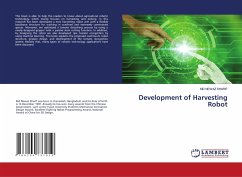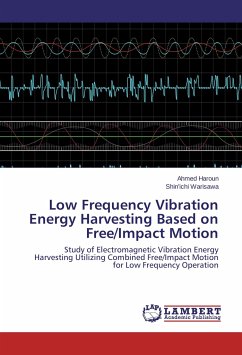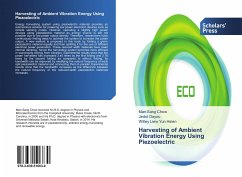
Mechanical Devices for Harvesting Human Kinetic Energy
Feasibility, Effectiveness and Convenience.
Versandkostenfrei!
Versandfertig in 6-10 Tagen
39,99 €
inkl. MwSt.

PAYBACK Punkte
20 °P sammeln!
The use of portable electronic devices is increasing every day and will continue to increase in the perceivable future. Its development is, however, hindered by the finite energy source, namely the battery. Moreover, huge amount of disposed batteries creates a big burden to our fragile environment. Thus, it has become necessary to find alternative power source, or at least supplementary power source. Analysis shows that it is the human motion that is the most suitable energy source for portable electronics. This book explores the feasibility of harvesting human kinetic energy to power portable...
The use of portable electronic devices is increasing every day and will continue to increase in the perceivable future. Its development is, however, hindered by the finite energy source, namely the battery. Moreover, huge amount of disposed batteries creates a big burden to our fragile environment. Thus, it has become necessary to find alternative power source, or at least supplementary power source. Analysis shows that it is the human motion that is the most suitable energy source for portable electronics. This book explores the feasibility of harvesting human kinetic energy to power portable electronics. The study is based mainly on the mechanical oscillating mechanism and electromagnetic transduction. Comparing to the existing work on harvesting human kinetic energy, this book focuses on the feasibility, effectiveness and convenience. The main contributions of the book are the design and analysis of four different types of energy harvesters.












